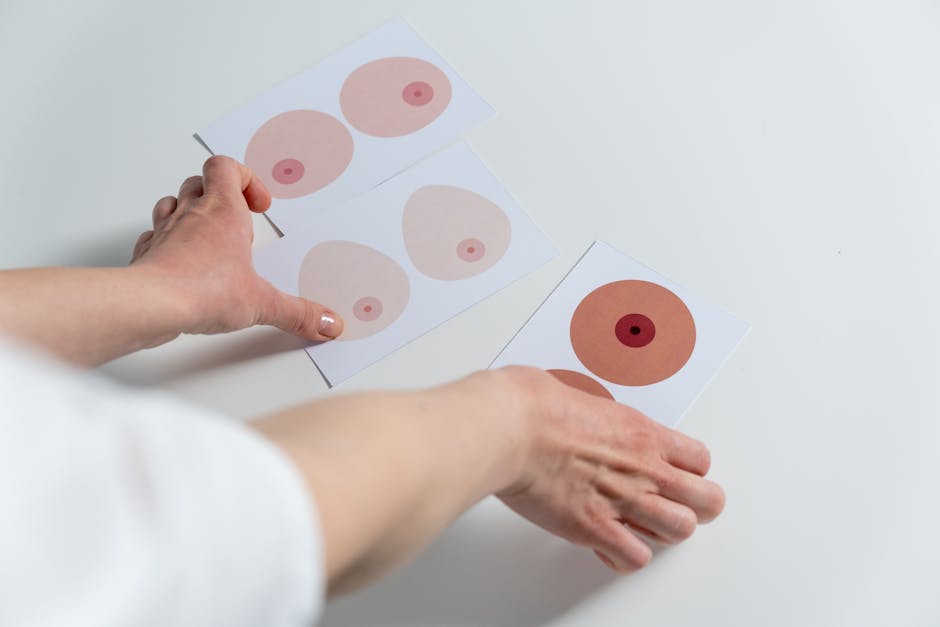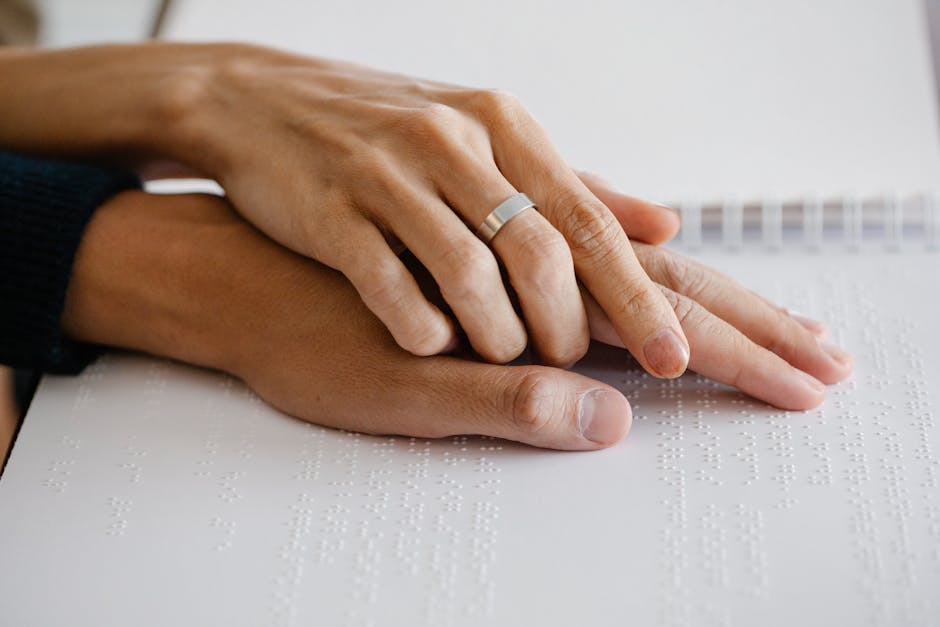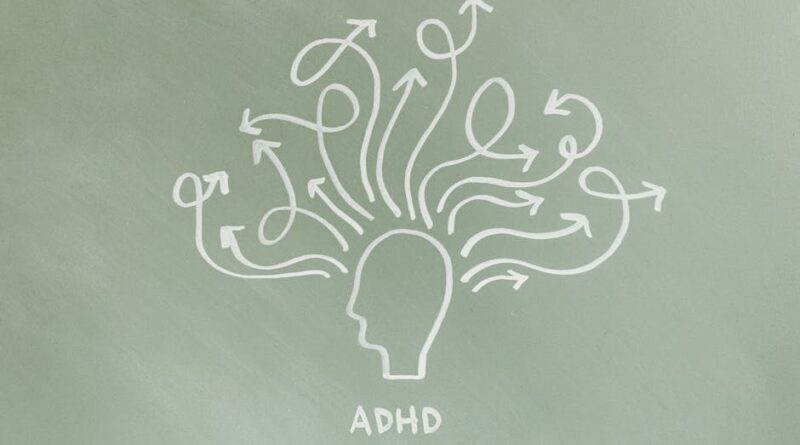Understanding Visual Processing: Recent Studies
Have you ever wondered how your brain turns the light that enters your eyes into the vibrant world around you? Visual processing is a fascinating journey that transforms simple light into complex images. Recent studies reveal just how intricate this process is. Lets explore these discoveries together!
What is Visual Processing?

Visual processing refers to how our brains interpret visual information. When light hits our eyes, it creates a signal that travels to the brain. Here, the brain decodes this signal, allowing us to see shapes, colors, and movements. it’s similar to how a translator converts a foreign language into words we understand.
Why is Visual Processing Important?

Understanding visual processing helps us grasp how we interact with the world. It affects daily activities like reading, driving, and even playing sports. When we know how our visual system works, we can improve learning and tackle challenges.
What are Recent Studies Saying?

Recent research sheds light on various aspects of visual processing:
- Speed of Processing: Studies show that our brains can process visual information in as little as 13 milliseconds. that’s faster than the blink of an eye!
- Multitasking: Research indicates that our brains struggle with multitasking when it comes to visual information. Focusing on one task at a time usually yields better results.
- Color Perception: New findings suggest that our perception of color can change based on context. For instance, a white dress looks different depending on lighting.
How Do We Process Visual Information?

Visual processing occurs in several stages:
1. Reception
Light enters our eyes and hits the retina, where photoreceptors convert it into electrical signals.
2. Transmission
These signals travel along the optic nerve to the visual cortex in the brain.
3. Interpretation
The brain interprets these signals, recognizing shapes, colors, and motions. This step is vital for understanding what we see.
How Does Visual Processing Affect Learning?
Visual processing plays a crucial role in education. Children who struggle with visual processing may have difficulties in reading or math. They might confuse letters or numbers, leading to challenges in school.
- Reading: Good visual processing helps in recognizing words quickly.
- Math: Understanding shapes and patterns relies on effective visual skills.
Recent studies suggest that targeted exercises can improve visual processing skills in children. Activities like puzzles and memory games can be beneficial.
What are the Common Misconceptions?
Many people believe that visual processing is simply about seeing, but it’s much more than that. Here are some common misconceptions:
- All Visual Information is the Same: In reality, everyone processes visual information differently based on experience and training.
- Visual Processing Only Happens in the Eyes: The brain does most of the heavy lifting when it comes to interpreting what we see.
- Once Learned, Visual Skills Can’t Change: Studies show that with practice, visual processing abilities can improve at any age.
What Are the Implications for Technology?
Advances in technology have a profound impact on visual processing research. High-speed cameras and brain imaging techniques allow scientists to observe how we process images. This research can lead to improvements in:
- Artificial Intelligence: AI can learn to recognize images, mimicking human visual processing.
- Virtual Reality: Understanding visual processing informs how VR systems create realistic environments.
- Assistive Technologies: Tools for the visually impaired benefit from insights gained through visual processing studies.
How Can We Improve Visual Processing?
There are practical ways to enhance visual processing skills. Here are some tips:
- Play Games: Engage in activities like puzzles, memory games, or card games that challenge your mind.
- Practice Mindfulness: Techniques like meditation can improve focus and attention, aiding visual processing.
- Limit Screen Time: Too much screen exposure can strain the eyes. Take regular breaks!
What Lies Ahead in Visual Processing Research?
The future of visual processing research holds exciting potential. Scientists are exploring:
- Neuroscience: Understanding how different brain areas contribute to visual processing.
- Educational Tools: Developing resources that cater specifically to varying visual processing abilities.
- Improving Diagnostics: Creating tests that better assess visual processing disorders.
Conclusion: Taking Action on Visual Processing
By understanding visual processing, we open doors to better learning and interaction with our surroundings. The recent studies highlight how complex and fascinating our visual system is.
As a takeaway:
- Explore activities that strengthen your visual skills.
- Stay informed about new research that can help you or someone you know.
- Remember, visual processing can improve with practice at any age!
If you want to learn more about how your brain works, check out this APA article on brain function.
Understanding visual processing not only enriches our knowledge but also empowers us to enhance our daily lives. Embrace the wonders of your visual system and continue to explore the vibrant world around you!



